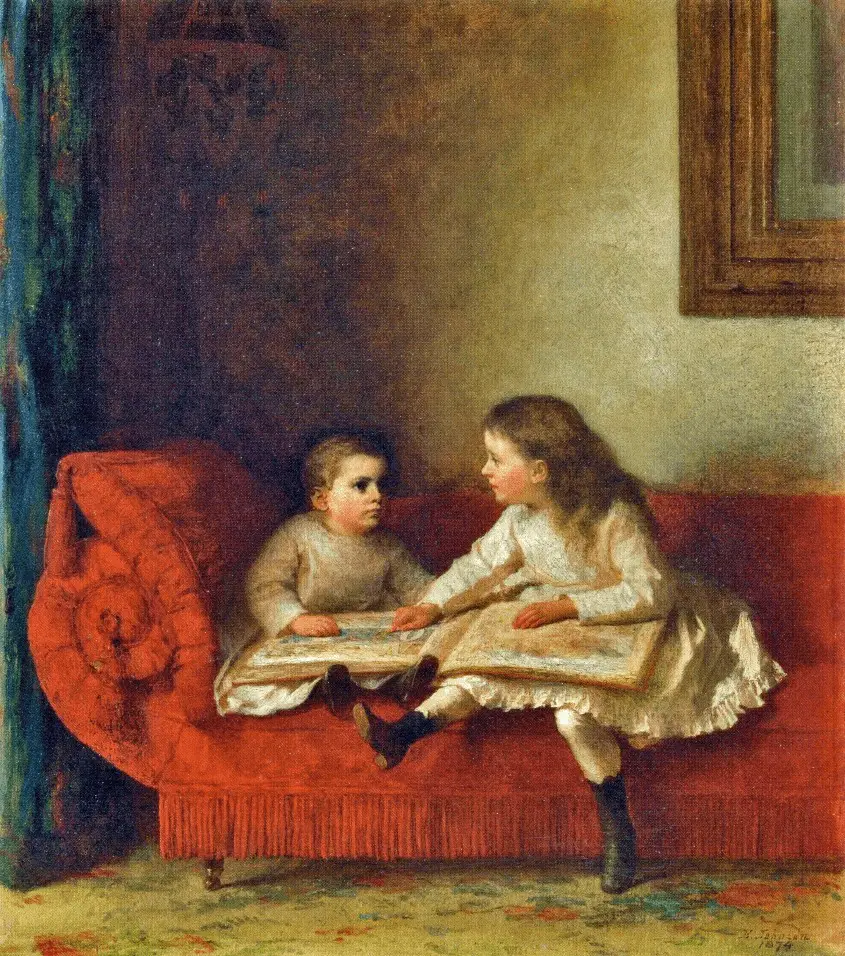Interanimation in picturebooks describes when the words and a pictures in a picturebook work together on a page to extend each the meaning of each other.
D. Lewis (2001) in Picturing Text: The contemporary children’s picturebook, published in London by Routledge/Falmer. (There is still a lack of terminology/concepts to describe all the different ways in which picturebooks interanimate.)
The text of a picturebook draws readers’ attention to certain parts of the illustration. In turn, images “provide the words with a specificity — colour, shape, and form — that they would otherwise lack”. (On page 35 of Lewis’s book.) Good picturebooks as a whole are a richer experience than the sum of their parts. The balance is never entirely symmetrical. What the words do to the pictures is not the same as what the pictures do to the words.
We guide attention to all parts of a picturebook, including the peritext (endpapers, under the dust cover and so on). First we enjoy the story with them. Then, in subsequent readings, we engage in dialogic reading and talk about colour, symbolism, motifs, perspective, composition and how the words are different from the pictures.
Header painting: Eastman Johnson – The Lesson. An excellent example of red and blue as a colour palette.

